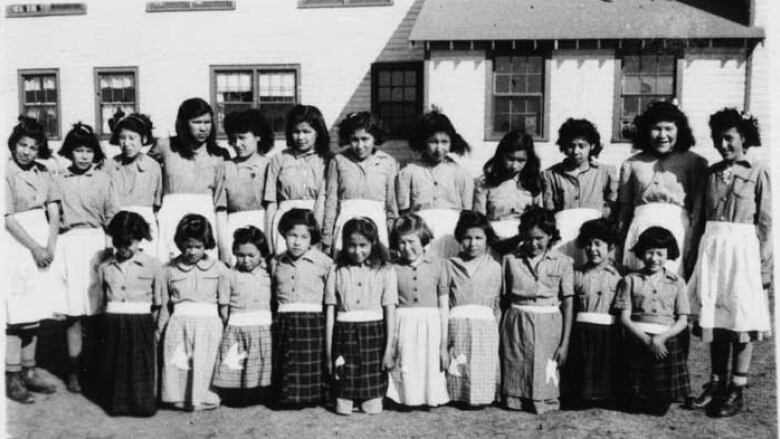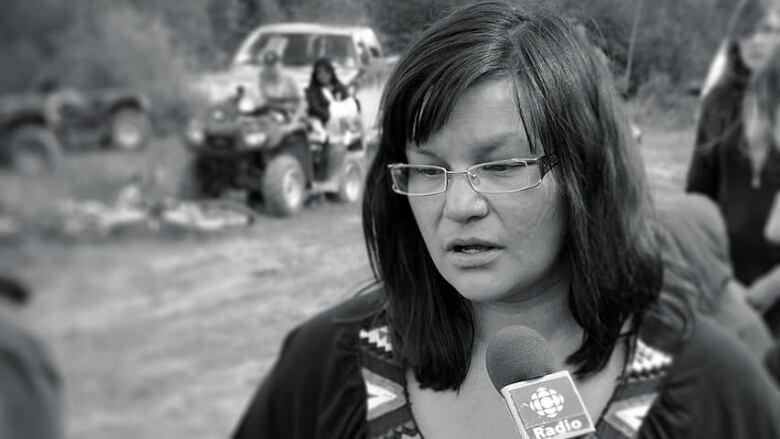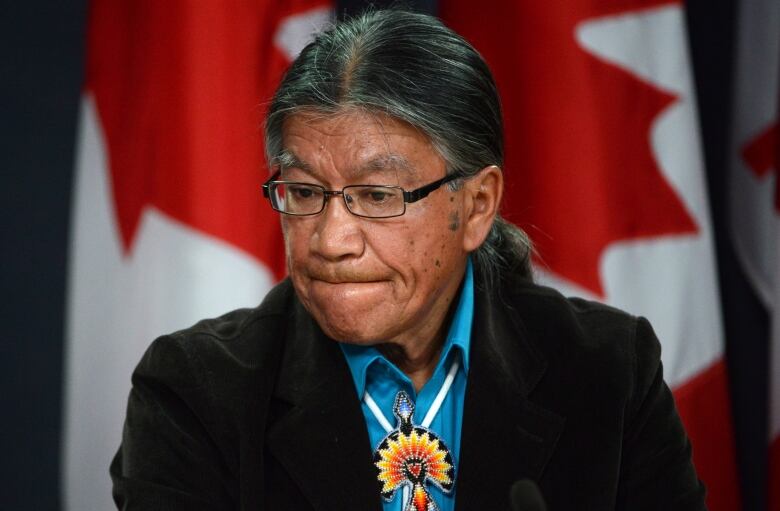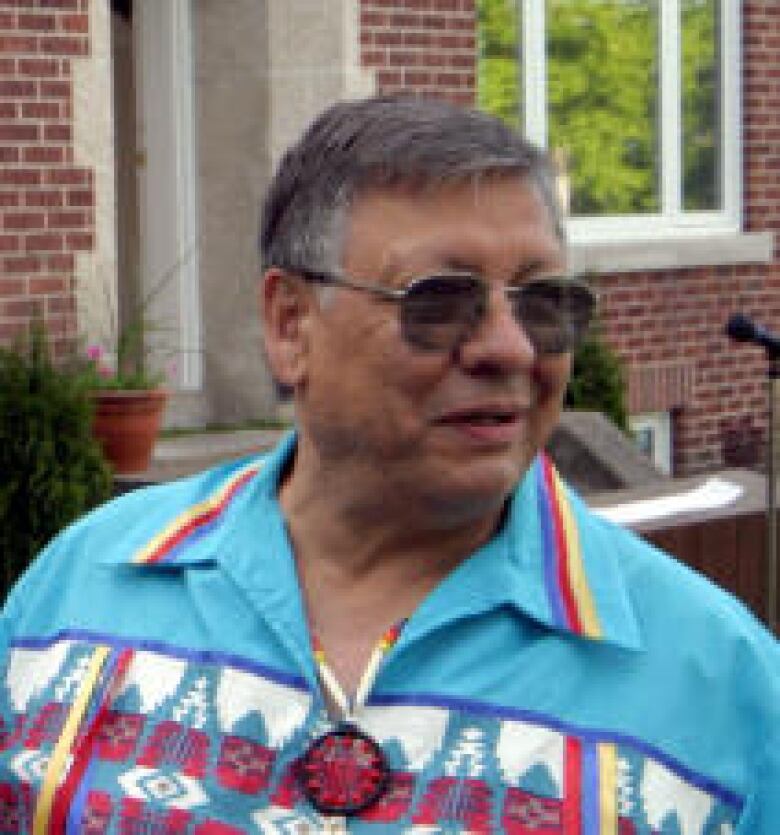Truth and Reconciliation: 5 unreconciled issues in northern Ontario
As the TRC wraps up, long shadows remain in region that was home to 13 residential schools

Several outstanding issues continue to cast shadows for residential school survivors and their families in northern Ontario as the Truth and Reconciliation Commission wraps up in Ottawa this week.
The commission, struck in 2009, has been writing an exhaustive history of the residential school system. The commissioners interviewed more than7,000 people across the countryand the final report, which is expected to be released on June 2, will span six volumes and more thantwo million words.
Northern Ontario was home to 13 residential schools and some of the key outstanding issues originate in this region.
Here are 5 stories that illustrate what remains to be reconciled:

Justice Murray Sinclair, who heads the Truth and Reconciliation Commission, has guessed up to 6,000 children may have died while attending residentialschools, but it's impossible to say with certainty since the government stopped reporting deaths around the 1920s.
It's a situation that continues to haunt people at Lac Seul First Nation, near the former Pelican Lake residential school, where 15 children disappeared between 1926 and 1973.
Read about the search for the missing children here:Remains found near residential school are 'non-human'
In 2011, the body of Charlie Hunter, who had died at residential school 40 years earlier, was finally brought home for burial in Peawunuk, on Ontario's James Bay Coast.
Learn about the donations that made it possible here:Residential school pain eased by teen's funeral

In 2013, food researcher Ian Mosbypublished his research about nutritional experiments done by the federal government in the 1940son hungry Aboriginal people. Some of those experiments, and others revealed by CBC News, were conducted at residential schools in northwestern Ontario.
A local doctor anda school nurse experimented with 14 different drugs to treat "ear troubles" in childrenat Cecilia Jeffrey Indian Residential School in Kenora, according to a 1954 report obtained by CBC News.
Nutritional experiments were carried out on malnourished aboriginal people in the 1940s and '50s with thefederal government's knowledge, according to documents obtained by CBC News. The experiments began in Norway House, Man.,and subsequently expanded toresidential schools in Port Alberni, B.C., Kenora, Ont., Shubenacadie, N.S., and Lethbridge, Alta.
There is no specific compensation for survivors who may have suffered health consequences from the experiments and the government said it willnot issue a new apology for the experiments it sanctioned.

Concerns remain that the government is hiding documents that could help with outstanding compensation claims from survivors for abuse suffered at the schools.
Just last month, survivors of Bishop Horden residential school in Moose Factory were in courtasking a judge to force the federal government to search for documents theybelieve will help corroborate their claims of abuse.
It's similar to a suit filed, and won, by survivors of St. Anne's residential school in Fort Albany. They turned to the courts to obtain documents the government at first refused to releasefrom a criminal trials involvingschool staff. Staff at St. Anne's werenotorious for having built a hand-made electric chair to punish children.

Some residential school students were transferred directly from their schools to tuberculosis hospitals or sanatoriums. They received instruction from teachers while they were in the federally-run hospitals. A case before the courts argues that they should receive residential school compensation for their time in hospital.
Meanwhile, CBC News revealed in 2013 that80 per cent ofKenoraresidential school students had TB.
"These kids were known to be sick with this particular illness, and still being exposed to the other First Nations children who were sleeping in the dorms," said Larry Henry, a support worker for residential school survivors with Grand Council Treaty 3 inKenora.A survey from 1946 shows that100 of the 132 children at the Cecilia Jeffery School suffered from the potentially fatal disease.
5. Students from remote First Nations still 'dying for an education'
An inquest is expected this fall into the deaths of seven First Nations students who died while attending school in Thunder Bay. There are no regular high schools in many remote communities andteens who want to get a diploma leave their families behind and board with strangers in the big city.
A CBC investigation called Dying for an Education, drewthe link between deaths of residential school students and modern day deaths in Thunder Bay.
Listen to the radio documentary about Charlie Wenjack, who was 12 years old when he ran away from Cecilia Jeffrey Indian Residential School in Kenora.Charlie Wenjack had been gone a week when his body was discovered near the railway tracks on Oct. 23, 1966. His parents were never told he was missing.












_(720p).jpg)


 OFFICIAL HD MUSIC VIDEO.jpg)
.jpg)



























































































